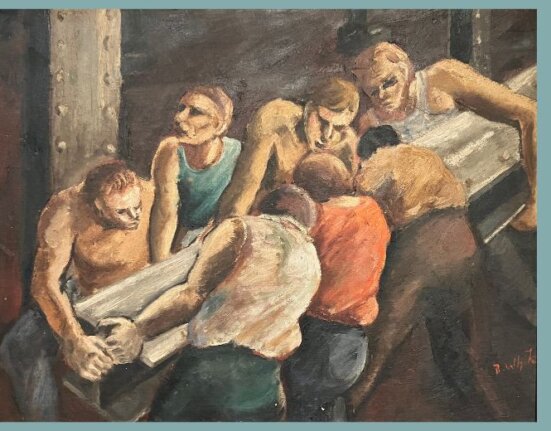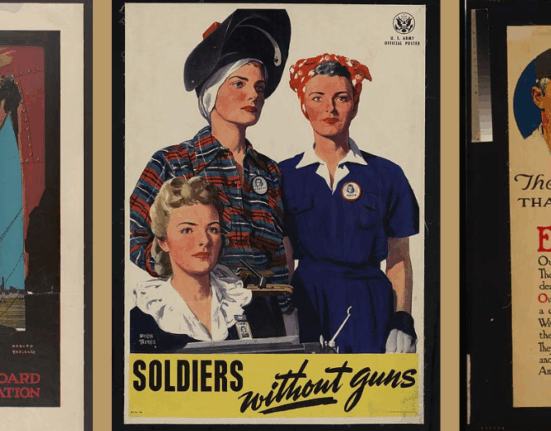A real pleasure of academic exchange is to engage with readers who “get” one’s book. In their distinct ways, Chaumtoli Huq, Sarah Lyons, Katherine Turk, and Naomi Williams underscore the interpretative thrust behind the narrative arc of Making the Woman Worker, which uses the International Labour Organization (ILO) as its archive. I argue that looking at the past of feminized labor illuminates the precarious world that workers of all genders and in all regions face in the 21st century. We are witnessing the reconstitution of employment relations globally through attenuated supply chains, expansion of independent contracting, spread of the informal sector (rather than its formalization through labor standards) and assaults on worker organizations by capitalists and governments alike. In this context, the construction of the categories of the woman worker as different from the male worker and women in the Global South as “difference’s other” through the very instruments that were to cushion unhampered capitalism suggests the necessity to unravel operations of knowledge and power. Such a move reminds us that what is need not be, that other more inclusive and just worlds are possible.
This is the final installment in our roundtable on Eileen Boris’s new book, Making the Woman Worker: Precarious Labor and the Fight for Global Standards, 1919-2019, organized by Emily E. LB. Twarog. Catch up on the four earlier contributions here.
As my interlocutors recognize, grassroots groups of women workers have fought to redefine what is work and who is a worker worthy of recognition, rights, respect, and decent conditions. Their interactions with feminist and other allies have not always been easy. Nonetheless, in recent decades they have maneuvered around the rigid tripartite structure of the ILO through connections with sympathetic staff there and with the aid of some of the international trade union federations. While labor feminists and researchers spoke for the mass of women workers earlier in the 20th century, home-based workers themselves particularly shifted the rules of engagement by century’s end. They won visibility through campaigns for ILO conventions that codify what amounts to aspirational rules for working conditions, freedom of association and social protection. A dialectic was at work: pre-existing networks and local organization set the stage for going to Geneva; success at the ILO offered new tools to further develop power and organize through national campaigns for ratification of conventions and for maintaining the transnational networks that continue to sustain activists.
In this spirit, I appreciate Naomi Williams for introducing to the conversation the concept of “othering” and for her passionate call for ending exclusionary structures, enhancing the voices of all workers through grassroots organizing, and building worker power through embracing the value of all work and workers. I’d emphasize not only those that law and social policy judge as workers, so to include immigrant and informal workers whom Huq stresses continue to be overlooked. Lyons speaks from her experience with UNITE HERE Local #1 when she advises us: “from the multitude of truths . . . build bridges from shared experiences.” Standpoint matters in activism, no less than scholarship.
These commentators focus on the Programme on Rural Women, discussed in chapter four. This unit of the International Labour Office recognized the significance of reproductive labor for the overall political economy. Feminist economists attempted to decolonize knowledge by looking to rural women themselves and funneling monies to researchers from the Global South. Along with home based and domestic workers, they sit at the center of my analysis. I appreciate Huq for reaffirming “the need for socialist-feminist research to challenge the dominant economic development discourse” and for marshaling additional research on Bangladeshi agricultural, garment, and domestic workers. Lyons too pinpoints the scholarship of Mies, who with student collaborators from the area lived with the lacemakers and listened to their stories.[2]
Turk especially underscores the insights obtainable from decentering the US in writing gender and labor history. The transnational turn is transforming US history and a spate of forthcoming books, including ones by Jill Jensen, Dorothy Sue Cobble, Lisa Levenstein, and Joanne Meyerowitz, will only deepen understanding of how labor feminists, poverty experts, and others brought their transnational networks and international experience to shape US policy at home and abroad. They were not always successful here nor were they always ahead of their counterparts elsewhere. For example, while deliberators at the ILO celebrated the New York Domestic Workers Bill of Rights in 2010, the leadership came from elsewhere: from networks of Asian and Latin American/Caribbean migrant workers and unionized South Africans, many of whom still labored as domestic workers.
Despite the benefits of the transnational lens, those of us trained in US History face real challenges. Nagging me was the question, what about race? From an intersectional perspective, racial capitalism and the afterlife of slavery, as well as settler colonialism and empire, are central to the trajectory of US history. I grappled with how to translate or extend those understandings to a study which was operating as conceptual and institutional history on an international and global plane. I looked at geography and colonialism, the differential standards for “non-metropolitan” or dependent territories (what came to be known as the “native” labor standards), and the limits of the initial forced labor convention. I also sought to compare and contrast the situation of different groups of women, especially tensions between those in the West or Global North, those in “the Third World” or Global South, and the state socialist nations of the East. But it was impossible to fully account for variations within countries. Huq reminds us of class/caste and privilege distinctions within movements. As Turk picks up on, funding, connections, and language—along with responsibilities for households and income generation—over-determines who can participate in international meetings, gain appointment to experts committees or even be heard. Nonetheless, it has taken women workers, often without citizenship status in the lands of their workplaces, to push for revaluing the quotidian labors of daily life, including care work, even as global standards seek to regulate the allocation of women’s labors between the household and employment.
We live more than ever in an interconnected world, with mobile capital and migrating labor, yet remain stuck with national labor laws and international bodies, like the ILO, forged during the Fordist era. It is not surprising that historians in this moment have gone global to make sense of such a world and our place within it. We listen to the cacophony of the present with the same attentiveness as we read the past, hearing the silences as well as the noise and seeking how the remnants of once can inform the urgency of now.
[1] A few recent examples in gender history are Keisha Blain, Set the World on Fire: Black Nationalist Women and the Global Struggle for Freedom (Philadelphia, PA: University of Pennsylvania Press, 2018); Emily Hobson, Lavender and Red: Liberation and Solidarity in the Gay and Lesbian Left (Berkeley, CA: University of California Press, 2016); and Katherine Marino, Feminism for the Americas: The Making of an International Human Rights Movement (Chapel Hill, NC: University of North Carolina Press, 2019).
[2] Maria Mies, The Village and The World: My Life, Our Times (North Melbourne: Spinifex Press, 2010) explains her use of local researchers from her perspective.






